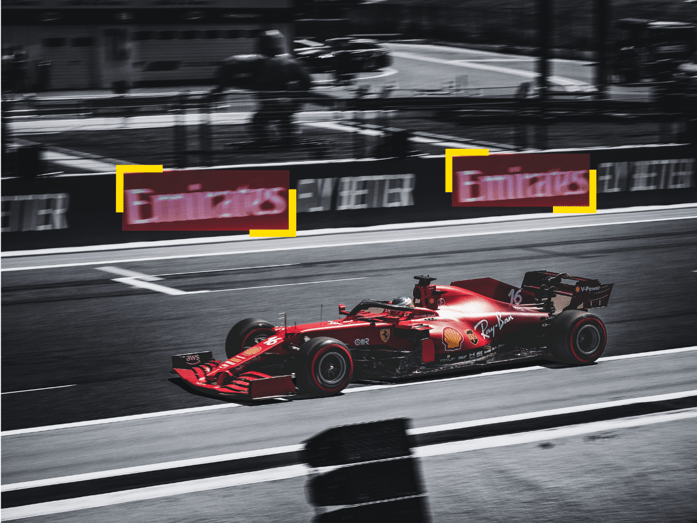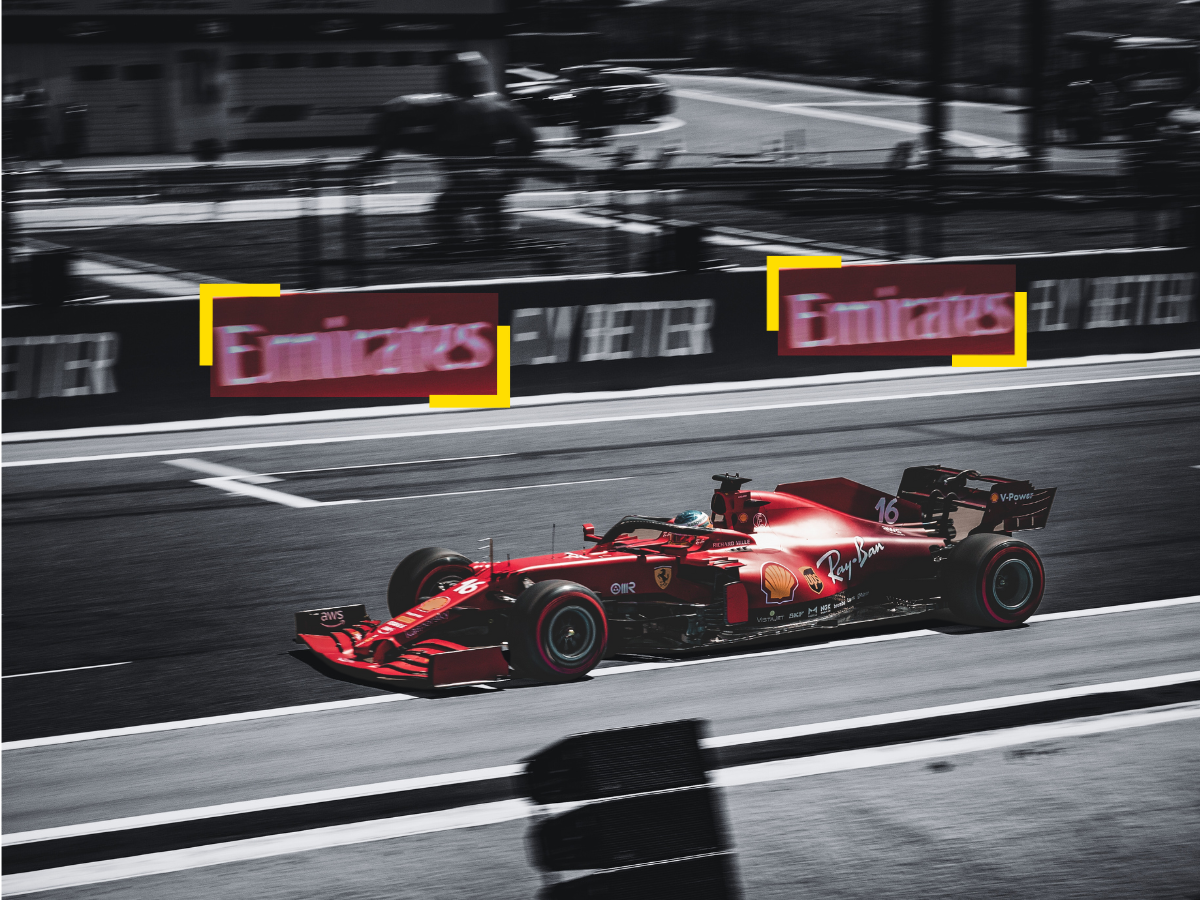
Although Formula 1 has long been considered to be the pinnacle of motorsport, the sport has experienced unprecedented growth in new markets in the last few years—especially in the United States. This has led to a dramatic rise in sponsorship deals and an increasingly competitive landscape for brands looking to make their mark with a global audience.
At a tactical level, this new environment means changes in what both F1 teams and brands are looking for out of their partnerships. It also means an increased desire for the ability to measure media performance across a range of platforms where teams and drivers engage with their fans.
All of these changes mean big shifts in how F1 teams and brands identify, execute, and evaluate their partnerships. That’s why Relo Metrics wanted to dive deeper into the changing dynamics of sponsorship in F1 by using our data and experience to explore how partners can excel in this shifting landscape.

What F1 Teams Are Looking For
There are fans who follow their beloved drivers from team to team and there are fans that bleed their team colors. In both cases, fans roll with the many ups and downs of each season and track their stories beyond just race weekend.
With this broader media presence, more eyes watching races around the world, and a more global perspective, teams are increasingly looking for their partners to share their fans' passion for the sport, shifting their expectations for a sponsor’s role on the squad.
Examples of this include F1 teams looking for brands to demonstrate:
- Active engagement over just financial support: F1 teams no longer seek mere financial backing; they desire active engagement from their sponsors. Brands are expected to be more involved in the team's activities, leveraging the partnership for the benefit of their joint goals and marketing efforts. This shift requires sponsors to commit more time and resources beyond traditional passive support.
- A deeper connection and differentiation: The increasing number of sponsors in Formula 1 has also led to a highly competitive environment for brands to catch the eye of team principals. To do so, brands must find innovative ways to stand out and differentiate themselves from the crowd, taking their engagement beyond logos on car liveries and building a deeper connection between the team, the sport, and their fans.
Other Factors Influencing Sponsorship in F1
While the influx of sponsors has been a boon for teams, it has also brought challenges for the larger sponsorship market. These challenges include:
- Diminished visibility and sponsor fatigue: Oversaturation of brands on cars and racing suits can diminish the visibility of individual sponsors, making it harder for each logo to capture the audience's attention. Moreover, the constant rotation of sponsors from race to race can lead to sponsor fatigue among fans.
- Increased costs: With heightened competition, the costs of securing prime sponsorship deals have escalated. For their part, teams are under pressure to provide better exposure and engagement across all of their platforms.
- Challenges measuring ROI: More sponsors, more platforms, and more fans lead to more data that needs to be mined to measure return on investment (ROI). Without the right tools, this makes it more difficult for teams and brands to measure the media value of individual sponsors in a sea of partnerships.
DOWNLOAD THE GUIDE: 5 Tactics Every Modern Sports Marketer Must Have
How F1 Teams and Brands Can Thrive in a New Environment
What’s clear is that teams and brands need to embrace innovation and adaptability to stay ahead of pace in executing their sponsorship strategies. Some of the key ways that they can navigate this new dynamic environment are by focusing on:
Tapping into the Right Media Metrics
Understanding the media value generated by the sponsorship is crucial. This includes assessing the reach, engagement, and impact of each branding placement, both during an event and after. Teams and brands need to have access to the right data sets to effectively evaluate how these factors contribute to their overarching marketing goals.
Tailoring Partnerships
One-size-fits-all sponsorships are no longer effective. Teams and brands can use fan segmentation and other performance data to define specific campaign objectives and identify the media needed to create more authentic and engaging experiences, resulting in better ROI. This was something that Dell and McLaren Racing was able to effectively do last season.
Leveraging Sponsorship Analysis Platforms
Leading sponsorship analysis platforms—like Relo Metrics—play a pivotal role in consolidating and measuring the impact of brand placements and sponsor relationships in real time. Relo Metrics offers a suite of data-driven insights and analytics tools that empower brands and F1 teams to make strategic decisions, understand the effectiveness of their sponsorships at a granular level, and make refinements when needed.
How to Leverage Sponsorship in F1
The world of Formula 1 sponsorship is evolving as fast as car design and engineering, pushing teams and brands to find new methods and tools to create more active engagement, differentiation, and tailored partnerships. That’s why leveraging platforms like Relo Metrics can enable brands and F1 teams to have their finger on the digital pulse of their fans, allowing them to make informed decisions and optimize their sponsorships.
Want to take your understanding of sports marketing in today’s new dynamic environment to the next level? Then make sure to read our related resource, here: 5 Tactics Every Modern Sports Marketer Must Have.